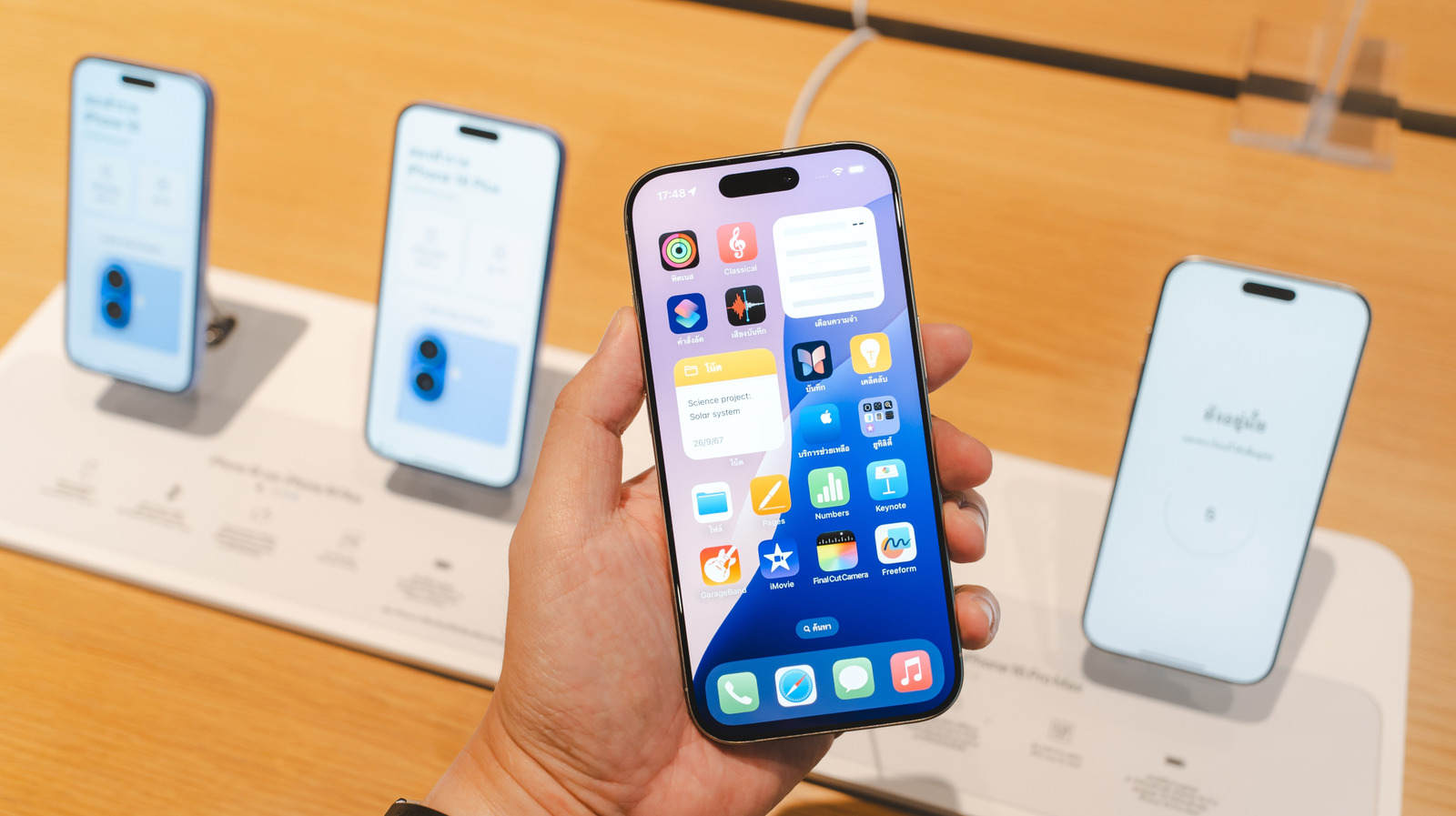The iPhone 17 series will be unveiled in about a month, introducing one of the most noteworthy changes to the iPhone’s design since the iPhone X. The iPhone 17 Air will replace the Plus model, featuring a similar display size but a much thinner body. That’s what rumors have been saying for about a year, and iPhone leaks that pop up this often tend to be correct.
To achieve that ultra-thin chassis, Apple has made a few notable compromises, according to the same set of rumors. First, the rear camera will have only a single lens instead of the minimum of two that’s customary for most iPhones. The slim body also means the phone will feature a much thinner battery than before, with reports pegging it at around 2,800 mAh capacity. Finally, the iPhone 17 Air will not have a SIM tray in international markets where Apple still sells iPhones with physical SIM cards.
Even without leaks to spoil them, some of these compromises would seem obvious when considering an ultra-thin iPhone. The most concerning element of these rumors has always been the battery, but there’s a brand new iPhone 17 Pro battery leak that might explain a different iPhone 17 Air compromise — the rumored removal of the SIM card tray.
New iPhone 17 Pro battery leak
Leaker Majin Bu routinely shares Apple product rumors online. Not all of them turn out to be accurate, but many do. The new iPhone 17 Pro battery leak comes from Bu, who penned a blog post to show off purported iPhone 17 Air battery designs. However, he quickly corrected his report, noting that the batteries in the pictures he obtained show two different designs for the iPhone 17 Pro models.
Both batteries are enclosed in stainless steel, similar to the iPhone 16 Pro battery. That’s the only iPhone 16 model to feature a metal battery case. Batteries enclosed in metal should be safer to remove and easier to handle. They can also offer better cooling. Finally, the design allows Apple to prepare for new battery-related laws in the European Union.
If the images Bu produced are accurate, we’re going to see metal batteries in at least one iPhone 17 model. However, Bu makes a strange claim about these purported iPhone 17 Pro batteries. He says Apple will use two different L-shaped battery designs in the iPhone 17 Pro series, one for the U.S. market (image above) and one for international markets like China (image below). The latter would accommodate the SIM slot, which is absent from U.S. models. If that’s accurate, then the U.S. iPhone 17 Pro models should feature a slightly larger battery than the international ones.
The iPhone 14 models were the first ones to ship without physical SIM cards in the U.S. Apple did not repurpose that space to increase the battery capacity, and every iPhone sold in the U.S. since then has come without SIM trays. But they all featured the same batteries as their international counterparts. If Bu’s claim is accurate, this might be the first year when iPhones without SIM trays feature larger batteries.
What does this mean for the iPhone 17 Air?
The iPhone 17 Air, with its rumored 5.5mm profile, could benefit from this battery design choice. Internal space becomes an even bigger problem if you reduce the iPhone thickness significantly. Battery life has to be a priority for Apple, especially for the ultra-thin iPhone 17 Air. Bu’s iPhone 17 Pro battery leak seems to suggest that Apple will indeed sacrifice the iPhone 17 Air’s SIM card slot to utilize that space for extra battery capacity. This is speculation for now, and we’ll have to wait for the first iPhone 17 teardowns to see what sort of battery design Apple used.
Of all the rumored iPhone 17 Air compromises, dropping the physical SIM might be the most controversial. I say that as someone looking to buy the iPhone 17 Air this fall, but someone who isn’t excited about going eSIM-only. That’s the norm in the U.S. but not in Europe or other international markets. I’d take a slightly smaller battery in a thin iPhone with a physical SIM card if that choice were available.
On the other hand, Bu’s claim that Apple will use two different battery designs inside the same iPhone model is unusual. First of all, Apple would have to advertise different battery life estimates for the same device. Then there’s Apple’s supply chain to consider. Apple would save more money by using the same battery design instead of having suppliers manufacture two different batteries for three of the four iPhone 17 models. If Apple uses two battery designs for the iPhone 17 Pro, the iPhone 17 and iPhone 17 Pro Max might get the same treatment.









